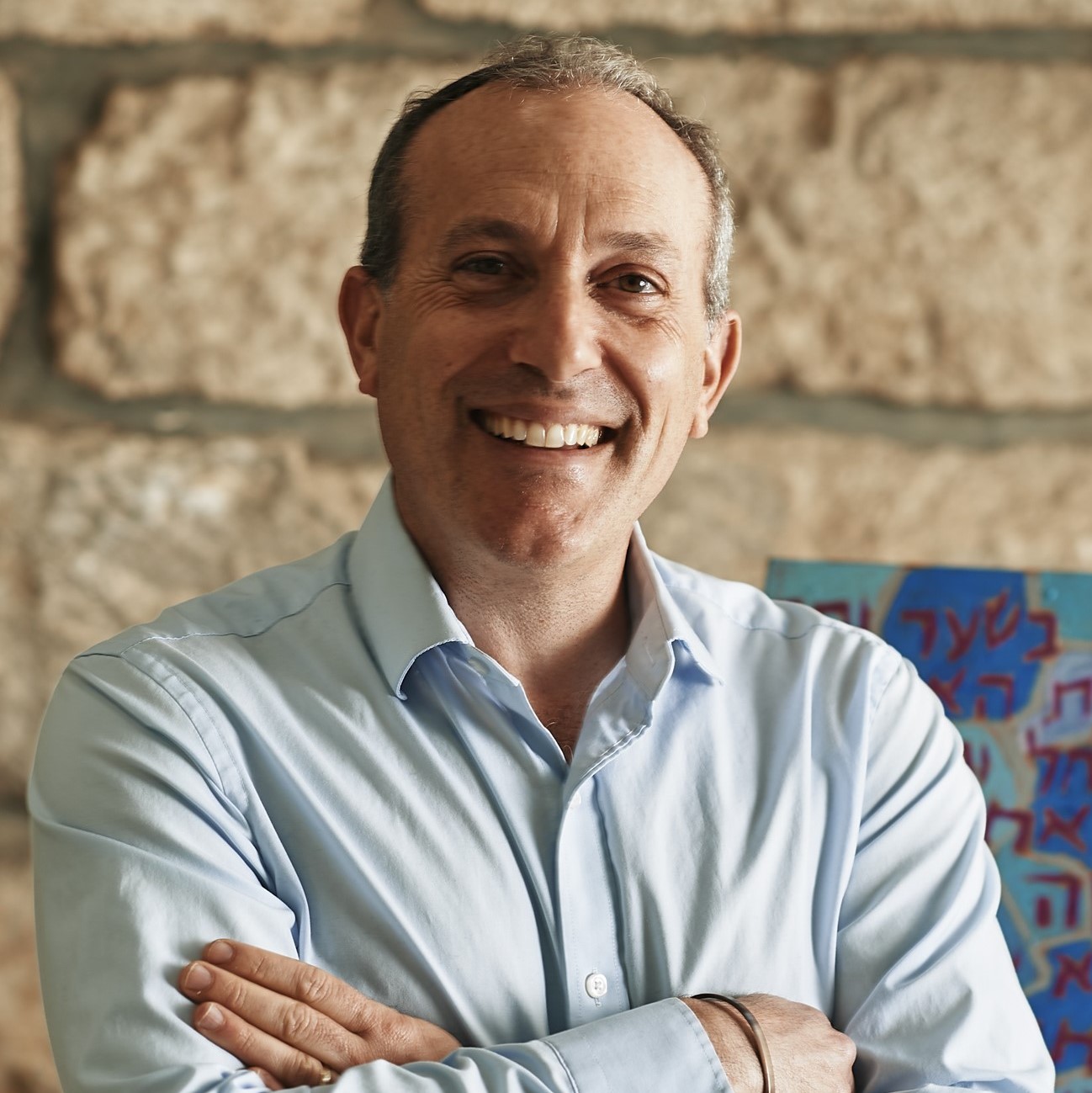The Priest’s Brother

Parashat T’tzavveh describes the positions of priests and the high priest (cohen gadol), the clothing of their office and their initiation ceremony, complete with sacrifices and incense. Nechama Leibowitz points out an unusual feature of the parasha: Moses’ name does not appear once. He appears indirectly, as God says, “You yourself, speak to all the wise–hearted, whom I have filled with the spirit of wisdom, that they make Aaron’s garments to sanctify him…” (Exodus 18:3). But even in the first phrase of the parasha, which so often reads, “And God spoke to Moses, saying…,” in T’tzavveh we read only, “And you yourself shall command the children of Israel (ve ata, tetzaveh et bnei Israel) that they bring you pure olive oil, beaten, for light, to burn a perpetual light” (Exodus 27:20).
Two commentators offer divergent psychological interpretations of this omission, raising two very different images of Moses. Midreshei HaTorah credits Moses with great humility. Knowing that Aaron was to serve as the high priest, Moses wants his brother to receive all the attention in this parasha: “Moses our teacher, in his humility, strove in all these matters to enhance the honor and glory of Aaron, and exerted himself, as if he had himself initiated the idea to induct him in the priestly function. He carried out this delegation of authority not as one commanded to do so, out of necessity, but rather, wholeheartedly, as a true friend who puts himself at the disposal of his Maker, even when his name is not mentioned.” According to this commentary, Moses is all too willing to share the limelight, and indeed feels genuine pride at the successes and achievements of his brother.
Moses Alsheik (1508–1600), in his record of his Shabbat sermons in Tzefat, describes a different Moses, one who feels jilted and left out as he sees others involved in the creation of the Tabernacle and its functions: “Picture his enthusiasm and involvement with this historic venture to provide a sanctuary on earth for the Presence of God. Contrast this with his keen disappointment when the command went forth to bring Him an “offering” from the people, appoint Bezalel and Oholiav as the designers, and enlist the aid of all the skilled craftsmen to make the Ark, the Menorah, the Table, the Tent and all the various accessories. Then came the turn of Aaron and his sons. They would officiate. Where was Moses in all this.”
The first interpretation fits well with what we know from earlier episodes of Moses’ humility — his reluctance to take on the leadership of the Jewish people and his implicit relief when God assigns him Aaron as a spokesperson and partner (Exodus 3–4). However the second reading is also plausible, particularly after Aaron’s involvement with the golden calf. Even if Moses had been happy for Aaron and relieved to be rid of some responsibility, the following thought may have flickered in his mind: ‘I have labored behind the scenes trying to forge this people into a nation. Why now, when it comes time for a colorful, dignified form of public worship, is my brother, who actively aided the people in making an idol, chosen as the High Priest?’
At times the rabbinic wish to harmonize among sources spanning geography and time appears artificial; in the case of these two interpretations of T’tzavveh , juxtaposing the two readings provides a more subtly shaded portrait of our teacher Moses.
The publication and distribution of “A Taste of Torah” commentary have been made possible by a generous gift from Sam and Marilee Susi.



